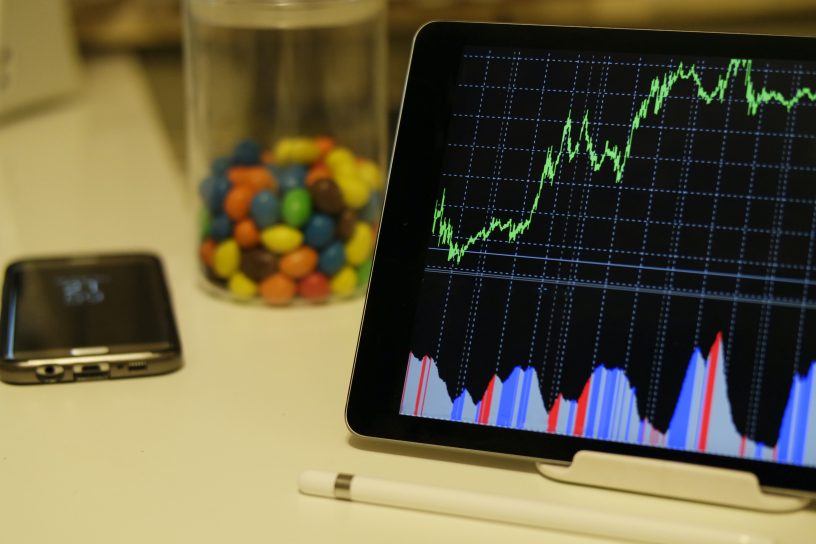Chasing outlier trades in markets is quite appealing in theory but painful in reality, despite having gained traction in the last few years due to a rebound in trend-following CTA performance.
Chasing outlier trades in markets involves taking small losses until a trend is caught and a large gain is realized. This is usually achieved systematically, but also in a discretionary manner.
Due to a rebound in trend-following CTA performance in the last three years after a long period of flat performance, also known as the Lost Decade, this trading style has gained popularity, with articles and podcasts praising its potential.
Caveat emptor: The market never makes promises of outlier trades to anyone or any method. Although trends always form in the markets, their magnitude, duration, and volatility may be such that realizing a sufficient number of outliers to cover many more small losses and provide alpha may not be possible. Trends and trend-following are not equivalent; a trend-following strategy is required to realize outliers from trends, and that strategy may not be profitable. In addition, it is not easy to trade such a strategy due to the discipline required in taking many small losses and waiting for the occasional outlier trades.
The usual response of trend-following proponents is that they will add more markets, which increases the probability of catching outliers. This is problematic in the sense that adding more markets dilutes potential gains from rare outliers due to smaller position sizes. This strategy leads to diminishing returns quickly and becomes equivalent to a wealth-preservation scheme that promises slightly better-adjusted returns than the equity markets but no alpha.
Adding stocks to trend-following, which was traditionally a commodity trading method, to increase the number of outliers diminishes its convexity potential, or the ability to protect wealth during bear markets because the correlation with equities rises. The Sharpe ratio of trend-following strategies that trade stocks is about the same or even lower than that of the S&P 500, due to a lower annualized return and comparable volatility. The usual response is to discount the importance or even relevance of the Sharpe ratio. However, the Sharpe ratio remains an important metric investors and allocators take into account.
A frequent objection to using the Sharpe ratio is that it penalizes “good volatility”. However, volatility is mean-reverting, and a performance spike that is downward usually follows one that is upward. The Sortino ratio may underestimate the probability of mean reversion. For example, just before the 2022 correction, the Sharpe ratio of the SPY ETF was 0.57 and the Sortino ratio was 0.90. In reality, the Sharpe ratio provided a better metric of expected risk-adjusted returns.
Trend-following is interesting, but its potential has diminished over the years due to the simplicity of the strategies and the lack of barriers to entry. In the 1980s, trend-following with fast-moving averages delivered large alpha due to higher autocorrelation in market returns. By the 1990s, trend-following had lost its alpha potential as a result of algos arbitraging out the autocorrelation and forcing traders to lengthen the lookback periods of indicators, which decreased risk-adjusted returns.
Given a large pool of traders—for example, there are about 350 CTAs—there will always be a few who outperform by a wide margin due to special conditions. Asserting the potential of trend-following due to a few observations is the classic induction problem: generalizing from individual examples is a problematic process.
Despite the problems discussed above, trend-following can provide some diversification when carefully considered in the context of a more effective strategy ensemble. As a stand-alone method, it poses high risks of underperformance because the outliers may not come when they are needed, in the numbers they are expected, or even not come at all for extended periods. Pure commodity trend-following has the highest probability of offering convexity during equity bear markets, but it may act as a drag on returns during bull markets. Much depends on market regimes, and performance uncertainty is high.
Free Book
Get a free PDF of the book “Profitability and Systematic Trading” (Wiley, 2008) by subscribing to the Price Action Lab blog’s free email notifications of new posts and updates.
Disclaimer: No part of the analysis in this blog constitutes a trade recommendation. The past performance of any trading system or methodology is not necessarily indicative of future results. Read the full disclaimer here.
Charting and backtesting program: Amibroker. Data provider: Norgate Data
If you found this article interesting, you may follow this blog via RSS, Email, or Twitter







